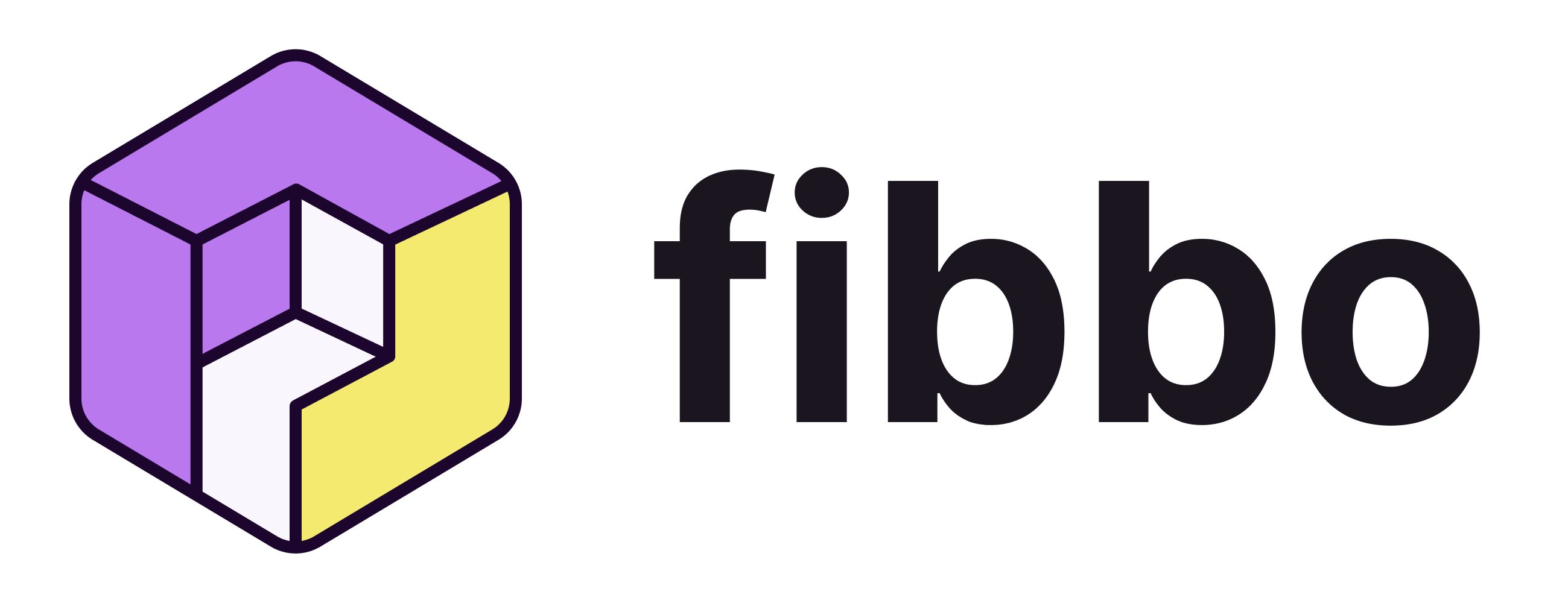Components
Components are the main building blocks of Fibbo. They are the objects that you can add to a scene, move around, rotate, and interact with.
What is a component ?
A component extends the FComponent class. It represents an object in a scene, will be rendered, updated, and interacted with.
It is mainly composed of the following attributes :
transform: The position, rotation, and scale of the component. It can be accessed and modified using getters and setters.collider: (optional) The collider of the component, used for physics interactions.rigidBody: (optional) The rigidBody of the component, used for physics interactions.sensor: (optional) The sensor of the component, used for detecting and emitting collisions events.
And the following methods :
frame: Called every frame by the Scene to update the component.onFrame: A method that takes a callback to be called every frame.initCollider: Initialize the collider of the component.initRigidBody: Initialize the rigidBody of the component.initSensor: Initialize the sensor of the component.
Creating a component
To create a component, you can just import it and create a new instance :
import { FRectangle } from '@fibbojs/2d'
new FRectangle()import { FCuboid } from '@fibbojs/3d'
new FCuboid()This will create a new component, that will automatically be added to the current scene.
Various options can be passed to the constructor :
import { FRectangle } from '@fibbojs/2d'
new FRectangle({
position: { x: 1, y: 2 },
rotation: 0,
rotationDegree: 0,
scale: { x: 2, y: 2 },
})import { FCuboid } from '@fibbojs/3d'
new FCuboid({
position: { x: 1, y: 2, z: 3 },
rotation: { x: 0, y: 0, z: 0 },
rotationDegree: { x: 0, y: 0, z: 0 },
scale: { x: 2, y: 2, z: 2 },
})Handling multiple scenes
When creating a component, the scene is automatically inferred from the current context. But if you want to add the component to a specific scene, you can pass it as an argument to the constructor :
import { FRectangle, FScene } from '@fibbojs/2d'
const scene = new FScene()
new FRectangle({
scene,
})import { FCuboid, FScene } from '@fibbojs/3d'
const scene = new FScene()
new FCuboid({
scene,
})
